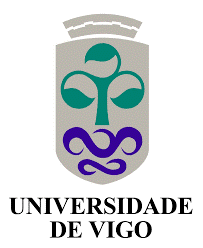
-
StatusCompleted
-
Status date2014-01-20
-
Activity Code3B.02

- From a scientific point of view, several physical-statistical propagation channel models have been developed or improved:
- The aeronautical model based on a GSCM.
- The maritime model based on similar GSCM principle as the aeronautical one and implementing a model for the movement of the ship and sea waves.
- The land propagation channel model for pedestrian/vehicular in urban or tree-sided road environment has been built, composed of both updated and entirely new elementary models:
- For terrestrial components, a CGC module based on an adaptation of the Winner model.
- Standard antennas, and modified pattern for installed antennas on platform can be considered.
- From a scientific point of view, several physical-statistical propagation channel models have been developed or improved:
- All channel models, with a simple GUI allowing to describe the simulated environment and RF link (including antenna patterns) and to define all the model configuration parameters. .
- A large set of Matlab post-processing modules for analysing CIRs or time-series from the main modules (e.g. diversity schemes or interfacing external modules to analyse system issues).
- Several visualisation Matlab modules
- aeronautical model,
- maritime model,
- vehicular and pedestrian model.
All those simulation modules can be started either in the PHYSTAT user interface or directly in a batch mode. The main output for all the simulation modules is a channel impulse response saved in a (.mat) data file. Several post processing and visualization modules can be applied to this channel impulse response. The implementation details on the PHYSTAT software are described in the Software Simulator User Manual.
Regardless to the simulation model selected by the user (aeronautical, maritime, vehicular and pedestrian), the primary output is the channel impulse response at the receiver side which contains amplitude, delay, angle of arrival and Doppler information. If needed, specific antenna patterns can be applied.
- first on a review of existing mobile (satellite and terrestrial) propagation models available in literature that uses combined physical-statistical approaches, and a review of the datasets available for parameterising and validating the models
- second the design of the global software simulator which includes different models or approaches
- third the adaptation of existing models and the development of new models which were included in the simulator
- fourth the integration of all these models into the simulator, and its complete implementation and validation
- fifth the use of the simulator to perform several case studies, and the reporting of the results
COMPLETED. The project has ended on October 15th, 2013.






